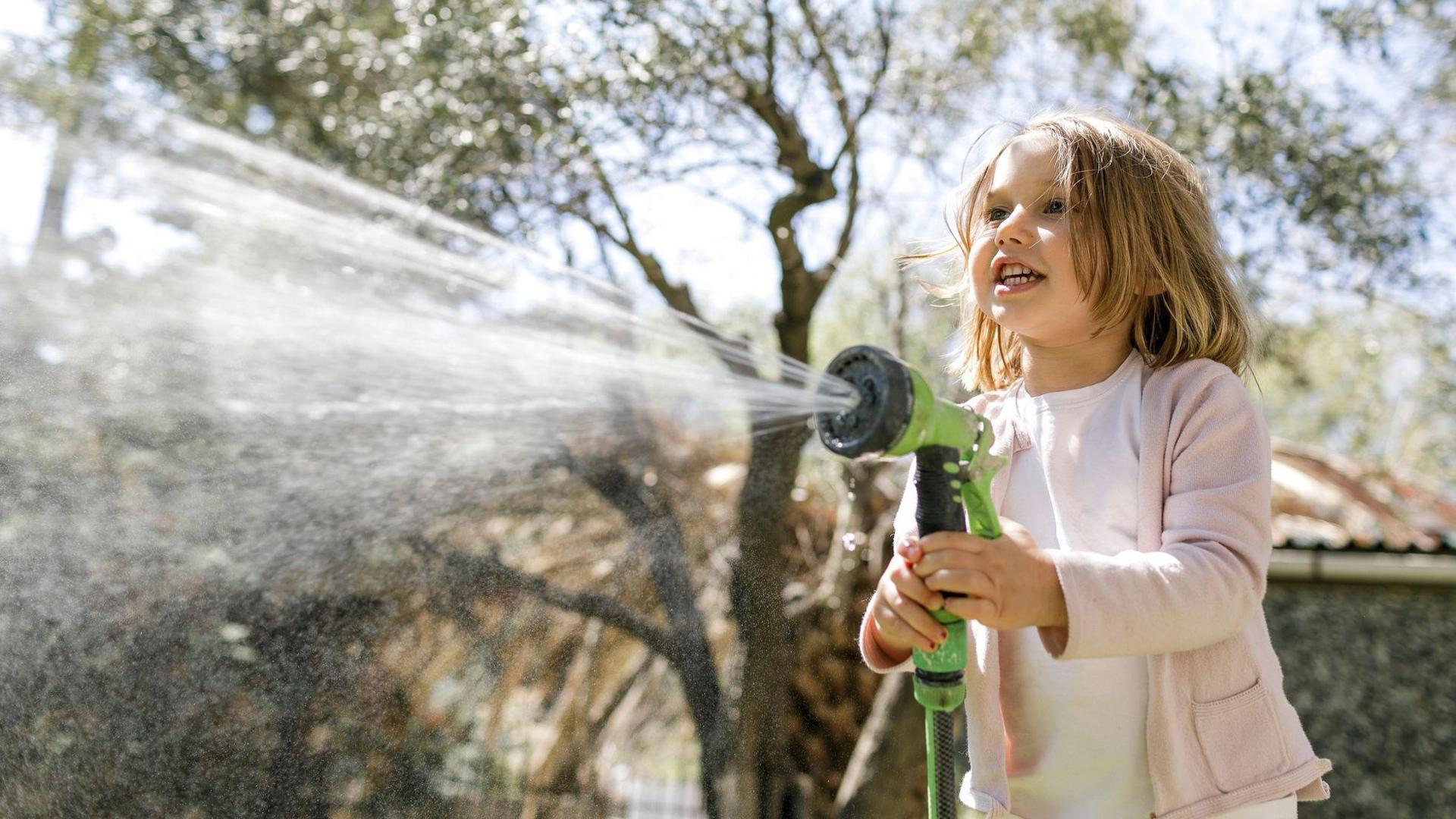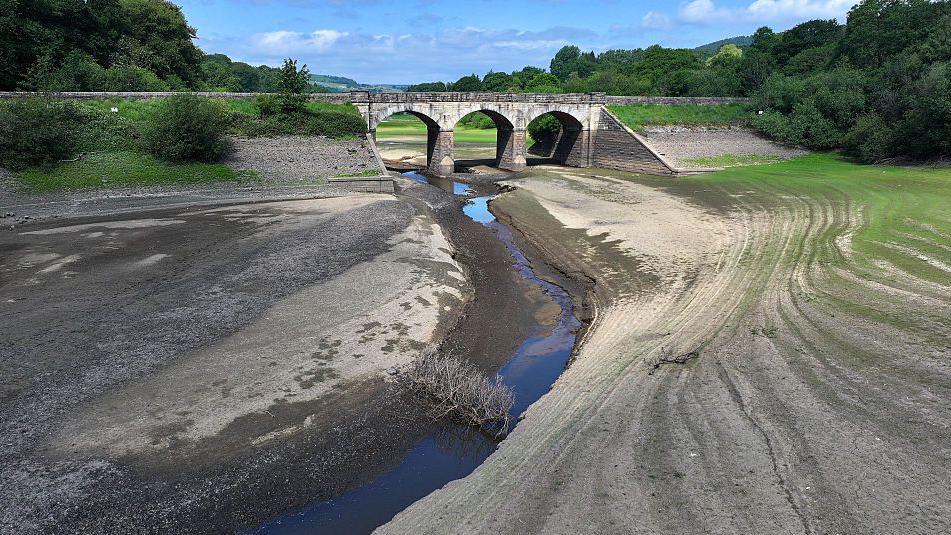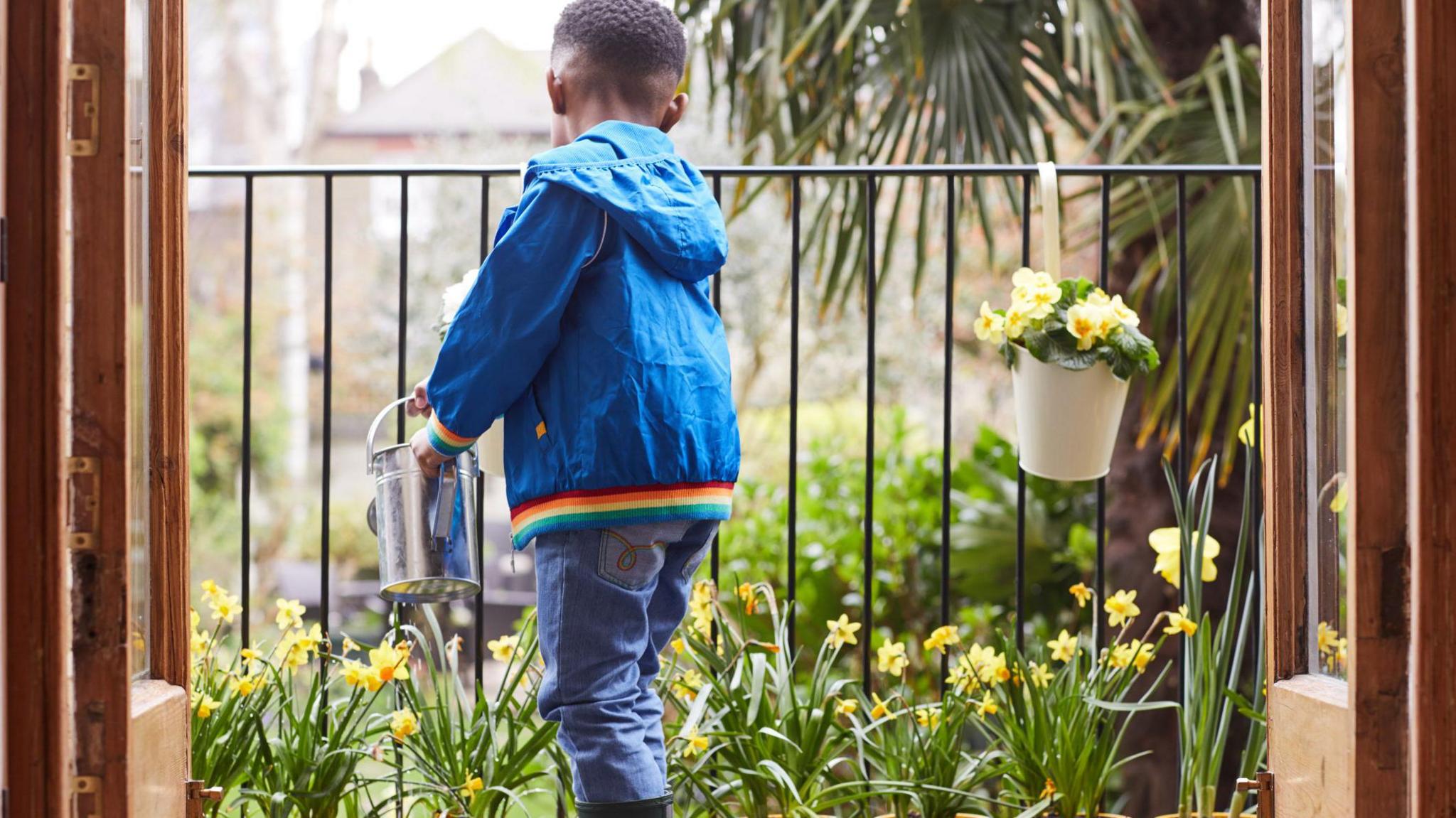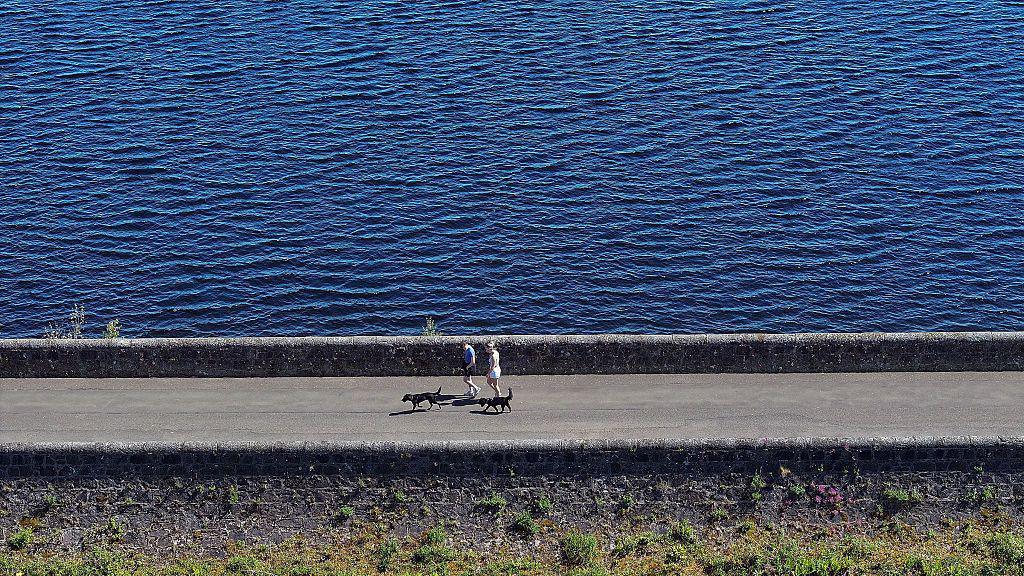Millions of homes banned from using hosepipes in England

Has your water supplier banned hosepipes?
- Published
Hosepipe bans have been introduced across England, affecting millions of homes.
The bans have been brought in by a number of water companies, after England experienced its second driest spring on record according to BBC Weather.
It has also been England's warmest June on record.
The latest hosepipe ban was announced by Southern Water on Wednesday.
It's expected to affect one million residents in Hampshire and all of the Isle of Wight from Monday 21 July.
Read more about this story
Drought declared across Yorkshire
- Published12 June
Do you know how to stay safe in the sun?
- Published29 July 2024
Meanwhile, more English regions have announced they are experiencing a drought after the National Drought Group met on Tuesday.
The East and West Midlands have officially entered drought, joining the north west of England and Yorkshire who have already declared they are experiencing droughts.
Droughts have always happened, but climate change and our growing use of water are raising the risks of water shortages, the Environment Agency says.
But what is a drought? And what is a hosepipe ban? Find out here.
What is a drought?

A very dry spring has meant that Lindley Wood Reservoir in Yorkshire is running low on water
A drought is when there is a longer than expected period of dry weather, leading to a shortage of water.
Across the UK, water is collected in places called reservoirs.
Reservoirs help supply clean, fresh water to homes and businesses around the country throughout the year.
But if there is a long time with little to no rain, then reservoirs may not have enough water to go around.
You can read more about droughts and what they mean here.
Why do water companies ban the use of hosepipes?

Gardeners may need to use watering cans instead of hosepipes to save water
When water supplies are very low, water companies may restrict how much water their customers can use.
One way to restrict water is to ban the non-essential use of hosepipes.
Hosepipes are often used in homes to:
water plants
clean cars and bikes
fill up ponds or paddling pools.
Instead of using garden hosepipes, customers are encouraged to use watering cans to water plants or buckets of water to wash cars and bikes.
The hope is these methods will use up less water than a hosepipe would.
Some water companies may fine customers for using hosepipes during a ban.
Which water companies have announced hosepipe bans?

Long periods of hot, dry weather have led to droughts in England
On Monday Thames Water announced a hosepipe ban, affecting 1.1 million customers.
The hosepipe ban would start on 22 July in Swindon, Gloucestershire, Oxfordshire and parts of Berkshire.
On Wednesday, Southern Water announced their plan to ban hosepipe use from Monday 21 July across much of Hampshire and all of the Isle of Wight.
Yorkshire Water introduced the first hosepipe ban of the year, affecting 5 million customers on Friday.
The ban covers much of Yorkshire, parts of north Lincolnshire and parts of Derbyshire.
Elsewhere, South East Water customers are preparing for a ban on 18 July affecting people in Kent and Sussex.
What is happening in Northern Ireland, Wales and Scotland?

There have been no droughts declared in Northern Ireland, Wales or Scotland so far
As of Wednesday, there are no official droughts reported in Northern Ireland or Wales.
But Mid and South Ceredigion in west Wales say there is a risk of "developing drought".
In Scotland, droughts are not declared. Instead, they monitor water levels. Parts of eastern Scotland have been affected by "moderate" water scarcity, meaning water levels are lower than usual.
